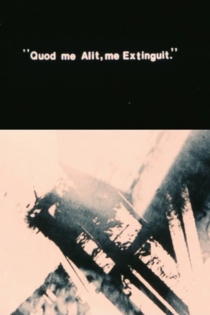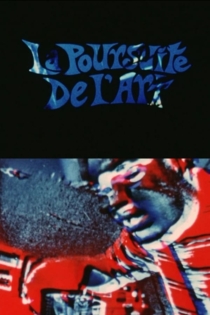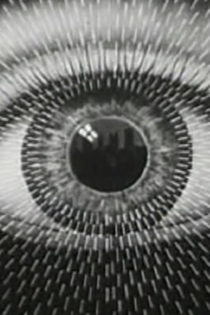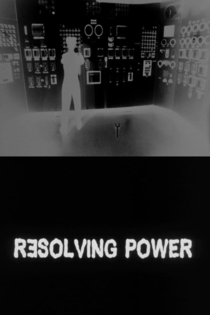
François Miron
1962 (62 года)Miron started making Super-8 Collage films in 1982, inspired by the cut-up technique William S. Burroughs, soon shifting to 16mm and 35mm. His early body of work consists of found footage manipulation through optical printing and abstract cinematography of industrial landscapes. His abstract work has lately been shifting into more "traditional" narrative cinema and documentary, although a strong psychedelic and surreal influence still is present. Miron still makes short experimental films while working on his feature films or in between them. Most of his films have been exhibited worldwide and have won several awards.
His early films are in the tradition of Pat O'Neill who was the pioneer of experimental optical printing films in the 1960s and 1970s and is still active to this day. Other links have been made to Paul Sharits, Stan Brakhage, Norman McLaren and in painting to Jackson Pollock.
Since 1993, François Miron has been teaching at The Mel Hoppenheim School of Cinema at Concordia University in Montreal, where he created a legendary optical printing course, many students were exposed to this art form for the first time and had their artistic vision completely changed and became somewhat notable "experimental filmmakers" themselves (or so they think).
With the rise of new technologies and the near-death of celluloid-based film, after a nearly 20-year run, the course disappeared in 2012.
Miron is still very active as a teacher, teaching basic filmmaking and also advanced cinematography among other courses.
The Gap in the Curtain
François Miron
Very short sequences of geometrically-shaped colourful film images file past ultra-fast fashion to produce an intense stroboscopic flickering effect. A study of visual perception based on the persistence of vision and a tribute to the work of American filmmaker Paul Sharits.
The Gap in the Curtain
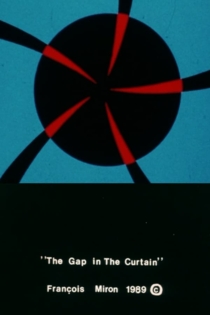
The Ultraworld
François Miron
Landscape film, The Ultraworld (1997) marks a certain break. The artist demonstrates the ability of the film device to transform the perception of a reality. Hence, the filming, the editing and handling of the film cause destruction, disruption of a wild landscape.
The Ultraworld

Paul Sharits
François Miron
Paul Sharits
Long after his premature death, the impact of Paul Sharits lingers on. The prominent iconoclast and innovator provoked with fast-flickering, pulsating, colourful mosaics. The many interviews and testimonies are also a portrait of a generation of leading voices in experimental filmmaking.
Paul Sharits
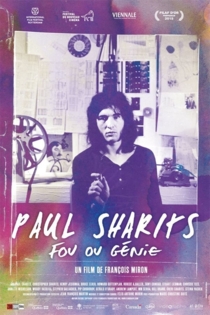
The 4th Life
François Miron
Janet Lane, Andrea Sheldon
In this surreal thriller, mysterious blond Marie March takes a journey to the town of Darckeville to scam a priceless set of antiques from an eccentric collector, but also to get away from the clutches of her overbearing older husband. On the freight train to Darckeville, fevered sensual dreams and dark childhood memories crowd her troubled mind - portentous omens of an unresolved past hurrying to catch up with her. Set against a backdrop of fading dreams, broken aspirations, and the crumbling ruins of a decaying town coloured with strange characters, their separate paths collide with explosive results.
The 4th Life

Hymn To Pan
François Miron
A dancer’s routine is fragmented by the filmmaker and his Bolex camera. A tense duel takes place between the catcher of motions and his muse, their movements tracing fleeting moments which create an elegant symbiosis of two lovers united by the cinematograph. Loosely inspired by the poem by the writer and occultist Aleister Crowley.
Hymn To Pan
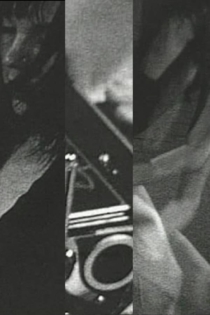
The Evil Surprise
François Miron
In the form of a playful conspiracy, ten pseudo-educational sequences deconstruct film techniques and medical teleology An unbridled recycling of archival films explodes the stereoypes of mass culture, contaminated by a shapeless and frenzied gangrene. The gap between the promise of science and human frailty.
The Evil Surprise

The Square Root of Negative Three
François Miron
An ad for the famous Ka-bala Ouija board by Transogram (1966), the first game to glow in the dark, opens a powerful barrage of optical effects in which Lysol disinfectant, the silence of stones and the hope of angry children intermingle with scientific ravings.
The Square Root of Negative Three
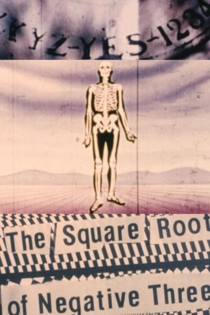
4x Horizontal, 4x Vertical
François Miron
In a room, François Miron piles boxes against a wall film screen. The images projected on it quickly rush together:automobile accidents, Tuscan landscapes, an injured man, medical experiments intercut with smoking factories, a sleeping face. Miron moves the boxes about constantly, as if feeding a burning fire.
4x Horizontal, 4x Vertical

